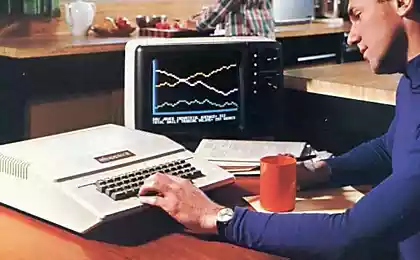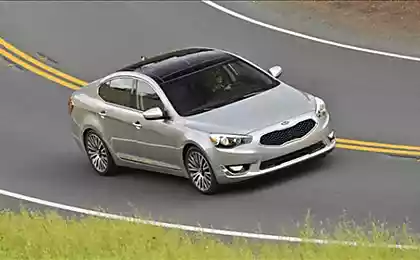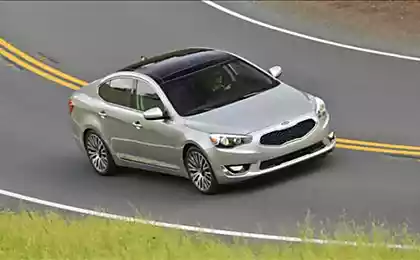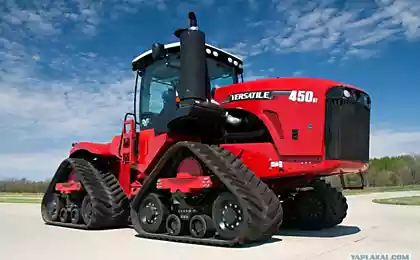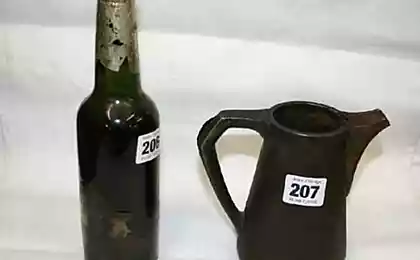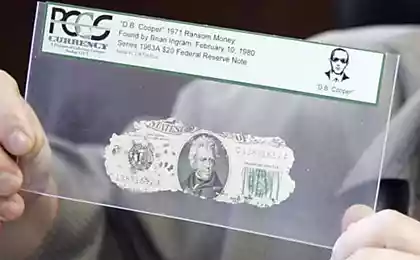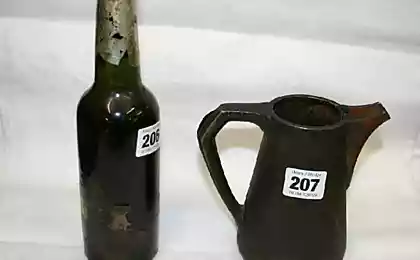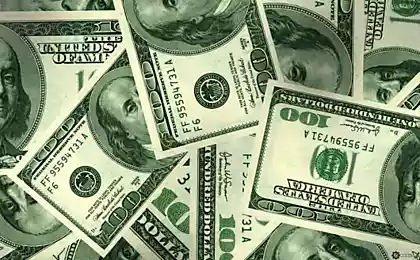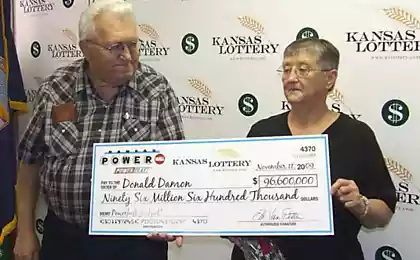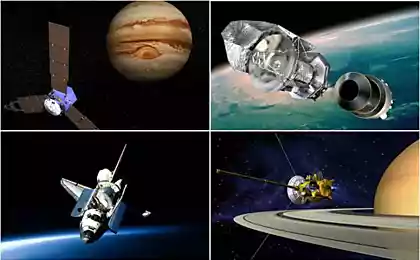1056
It revealed the secret of making dollars. I never thought that they are doing so!
Due to the unstable exchange rate, probably, many rushed to exchange items to sell their savings and buy dollars. Others decided to invest in the purchase of real estate and home appliances. There is also a third category of people who prefer to do nothing yet, but still they are a minority. Today, you read about are not forecasts in the currency markets, and how to produce the most massive and popular currency in the world. You know the interesting history of this "green paper", as well as some fun facts about her.
1. In the picture below you can see, it looks like the building of the United States Bureau of Engraving and Printing. It is part of the US Treasury Department, and it is here that the famous printed banknotes and securities. The Bureau began its work as early as 1862 in the US capital. There are more than two thousand people.
At the Mint minted pennies. Headquartered in the city of Washington. By the way, the Bureau conducted the tour for everyone, but you need to pre-register.
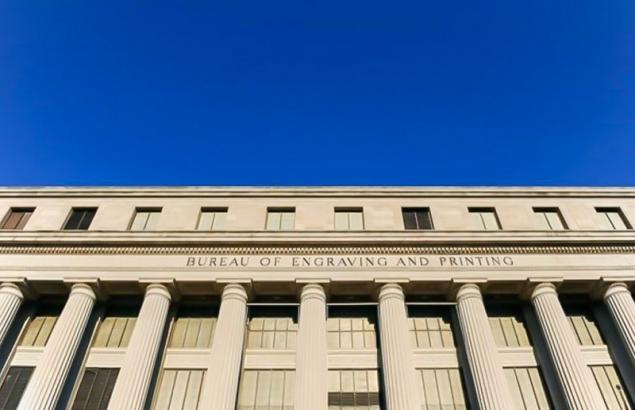
2. The production process begins with the engraving on the steel plates. These plates are made the best artists from around the world who have studied the case for decades. This work requires precision, since it affects the level of protection against counterfeiting.
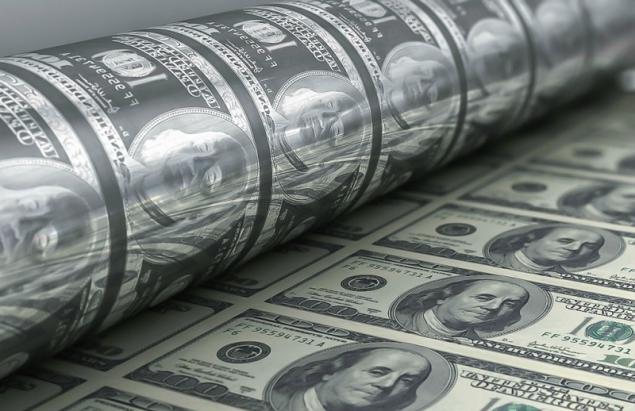
3. Then you need to prepare the paper. Dollar bills printed from the mass, which consists of 75% cotton fibers and 25% of linen. Before World War I in the manufacture of paper and used silk threads, which are now replaced by synthetic. For what it's doing everything? Everything for reducing the risk of fraud and to ensure that the paper is not turned yellow.
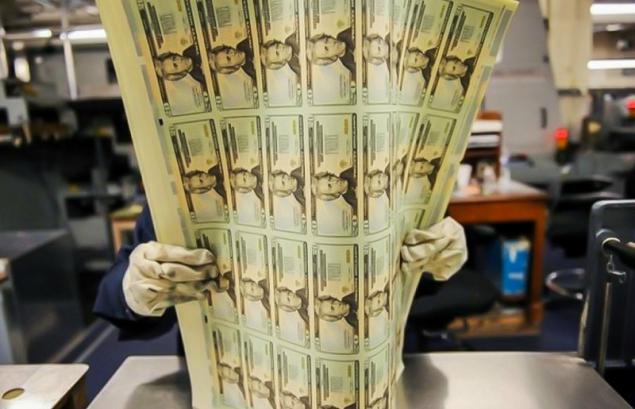
4. The weight of flax and cotton takes eight steps to become paper. First, it is boiled, then cleaned, clarified, compressed, softened, so that it turned into a viscous, doughy mass.
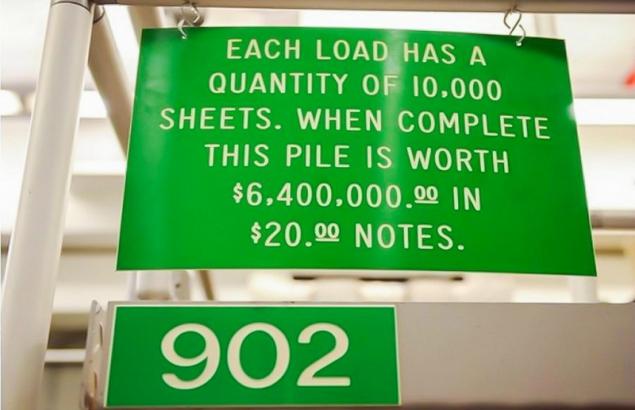
5. Dollars virtually impossible to counterfeit since watermarks are located in the inner layer of paper, and are obtained in a certain order when the fibers are drawn. Also in the bill sewed protective strips. In the photo example of the last samples.
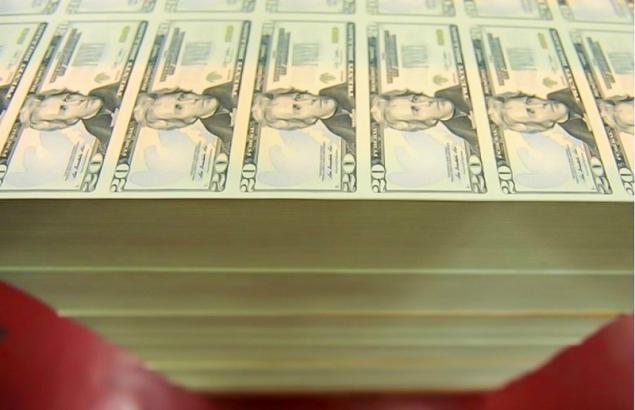
6. After all procedures paper is dried and wound into rolls. Roll width up to two and a half meters. Its weight of 4 tons. For the production of a specific denomination banknotes taken the appropriate roll. From one roll can produce 3, 5 billion bills by hundreds of dollars. Just imagine!
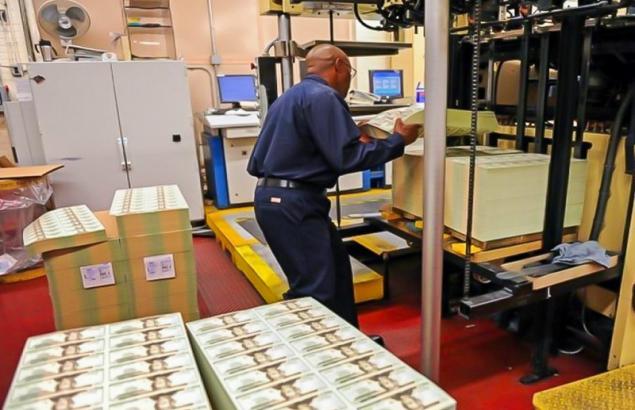
7. Prepared rolls enter the Bureau of Engraving and Printing, which we discussed earlier. There is a very serious surveillance. The scanning system monitors every step of the workers.
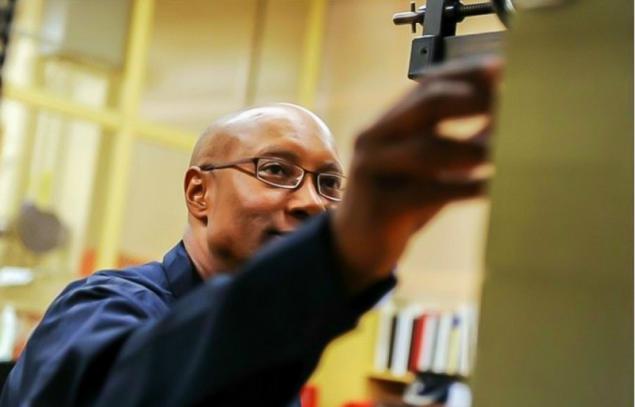
8. After the engraving, which was written earlier, the paper goes to press simultaneous to the machine. This unique and highly accurate device that prints on both sides at once.
The story of the ink, which prints a very interesting machine. The first dollars were printed dark paint. But during the American Civil War, Congress ordered to release new models in the amount of banknotes $ 60 million. The company, which is responsible, said that they did not have enough black paint, and the warehouses have the most green. Since tradition remained. By the way, the green paint is much cheaper than any other.
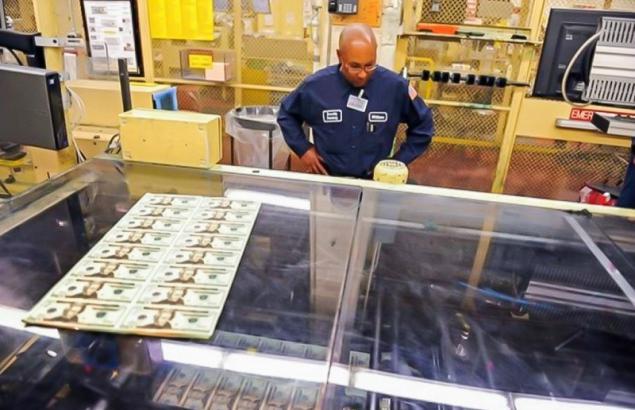
9. The paint with which prints the dollars, has a high wear resistance. After printing, you need 72 hours to dry it. Then, using gravure printing. Press make indentations on the paper with paint. After three more days is required to dry the money.
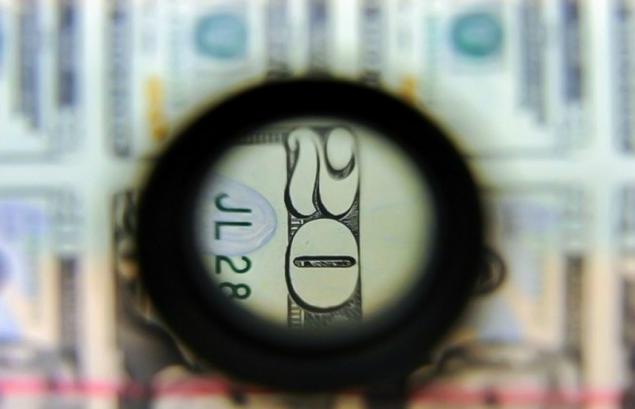
10. The Bureau operates 24 presses simultaneously, which produce 35 million banknotes every day. Only 5% of new banknotes into circulation, the other change in the old bill.
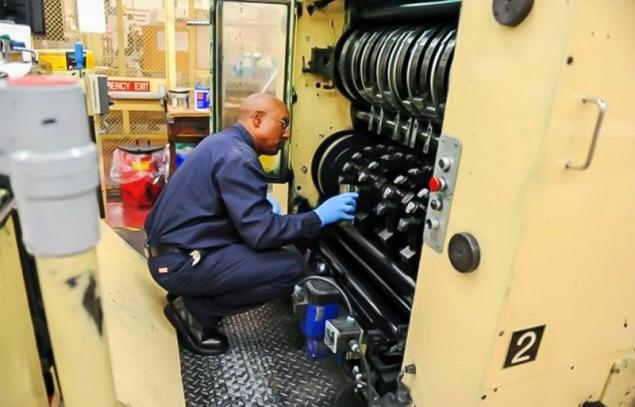
11. After drying, the money is scanned for defects. One sheet is scanned for one second. Inaccuracies are displayed on the monitor.
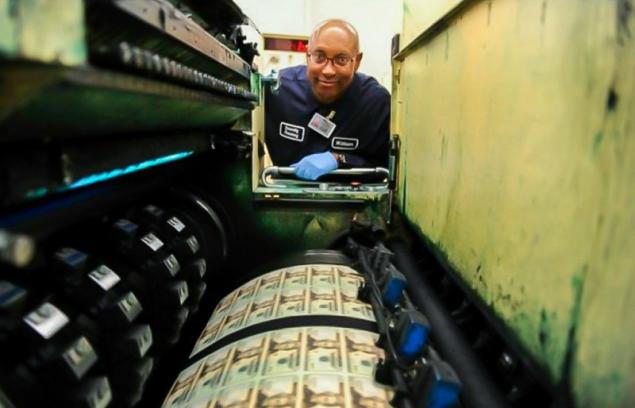
12. Defective bills are utilized. Each banknote receives a unique serial number, batch number and denomination. These are not repeated.
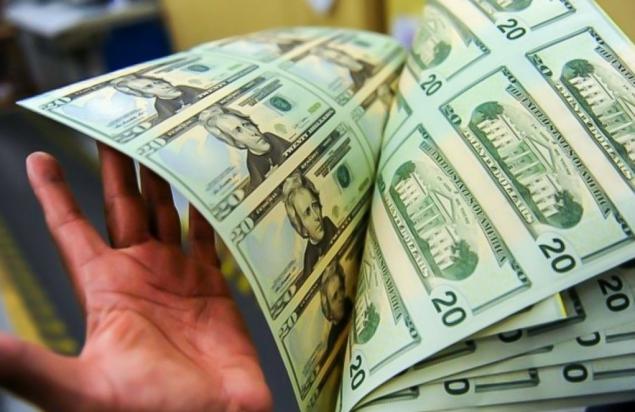
13. Money has the right to issue 12 banks out of 12 districts. Each territory has its own letter to the bill.
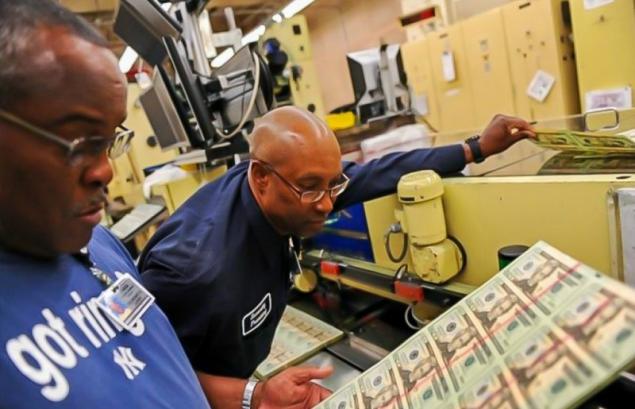
14. At the end of the procedure the money is cut and packaged.
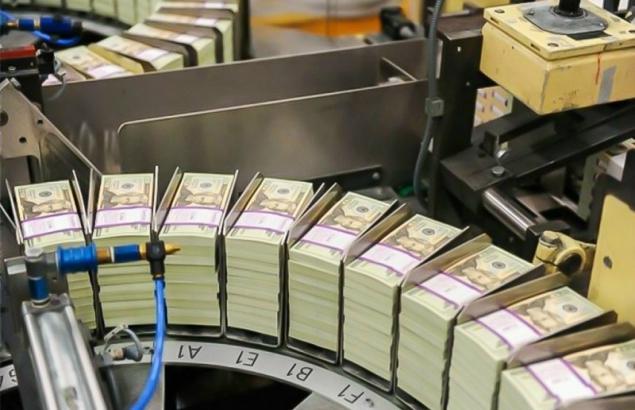
15. The final stage - the delivery of money to the bank of the Federal Reserve. From there the money to get to different banks of the USA and around the world.
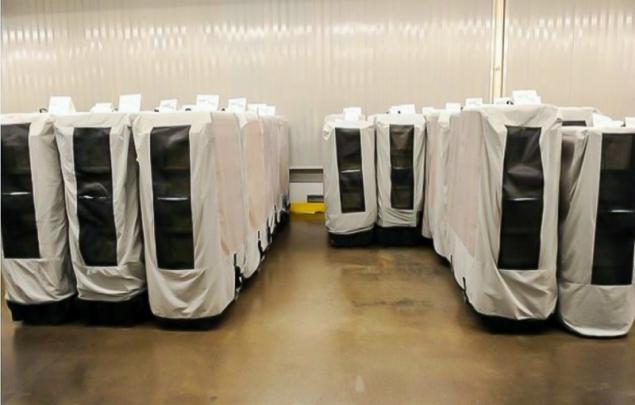
And finally, a few interesting facts about the dollar:
- The cost of making one note only 10 cents. A cost of 1 cent is equal to 7 cents.
- All bills have the same size 6, 14 2, 61 inches.
- To spoil or break a bill, it must be bent 4000 times.
- The US Federal Reserve said that the life of the bill is $ 1 for 22 months, $ 5 - 2 years, $ 10 - 1, 5 years, $ 20 - 25 months, $ 50 - 55. $ 100 in circulation about 60 months before his replacement.
- 99% of all banknotes in free circulation.
- The US dollar is the national currency and in 15 countries.
- Two dollar bills stopped producing in 1966. Now the new two-dollar notes are not produced. Many believe that they were taken out of circulation. But it is not. They just rare.
- On all coins and banknotes can be found official US motto "In God we trust».
We recommend that you watch the video below to learn more about how the money produced.
Now you know how to produce the most popular currency world. The dollar is virtually impossible to counterfeit, but it is very easy to calculate a fake. Share this fascinating information with their friends, they probably have not heard about it.
kak-eto-sdelano.livejournal.com/212659.html
1. In the picture below you can see, it looks like the building of the United States Bureau of Engraving and Printing. It is part of the US Treasury Department, and it is here that the famous printed banknotes and securities. The Bureau began its work as early as 1862 in the US capital. There are more than two thousand people.
At the Mint minted pennies. Headquartered in the city of Washington. By the way, the Bureau conducted the tour for everyone, but you need to pre-register.

2. The production process begins with the engraving on the steel plates. These plates are made the best artists from around the world who have studied the case for decades. This work requires precision, since it affects the level of protection against counterfeiting.

3. Then you need to prepare the paper. Dollar bills printed from the mass, which consists of 75% cotton fibers and 25% of linen. Before World War I in the manufacture of paper and used silk threads, which are now replaced by synthetic. For what it's doing everything? Everything for reducing the risk of fraud and to ensure that the paper is not turned yellow.

4. The weight of flax and cotton takes eight steps to become paper. First, it is boiled, then cleaned, clarified, compressed, softened, so that it turned into a viscous, doughy mass.

5. Dollars virtually impossible to counterfeit since watermarks are located in the inner layer of paper, and are obtained in a certain order when the fibers are drawn. Also in the bill sewed protective strips. In the photo example of the last samples.

6. After all procedures paper is dried and wound into rolls. Roll width up to two and a half meters. Its weight of 4 tons. For the production of a specific denomination banknotes taken the appropriate roll. From one roll can produce 3, 5 billion bills by hundreds of dollars. Just imagine!

7. Prepared rolls enter the Bureau of Engraving and Printing, which we discussed earlier. There is a very serious surveillance. The scanning system monitors every step of the workers.

8. After the engraving, which was written earlier, the paper goes to press simultaneous to the machine. This unique and highly accurate device that prints on both sides at once.
The story of the ink, which prints a very interesting machine. The first dollars were printed dark paint. But during the American Civil War, Congress ordered to release new models in the amount of banknotes $ 60 million. The company, which is responsible, said that they did not have enough black paint, and the warehouses have the most green. Since tradition remained. By the way, the green paint is much cheaper than any other.

9. The paint with which prints the dollars, has a high wear resistance. After printing, you need 72 hours to dry it. Then, using gravure printing. Press make indentations on the paper with paint. After three more days is required to dry the money.

10. The Bureau operates 24 presses simultaneously, which produce 35 million banknotes every day. Only 5% of new banknotes into circulation, the other change in the old bill.

11. After drying, the money is scanned for defects. One sheet is scanned for one second. Inaccuracies are displayed on the monitor.

12. Defective bills are utilized. Each banknote receives a unique serial number, batch number and denomination. These are not repeated.

13. Money has the right to issue 12 banks out of 12 districts. Each territory has its own letter to the bill.

14. At the end of the procedure the money is cut and packaged.

15. The final stage - the delivery of money to the bank of the Federal Reserve. From there the money to get to different banks of the USA and around the world.

And finally, a few interesting facts about the dollar:
- The cost of making one note only 10 cents. A cost of 1 cent is equal to 7 cents.
- All bills have the same size 6, 14 2, 61 inches.
- To spoil or break a bill, it must be bent 4000 times.
- The US Federal Reserve said that the life of the bill is $ 1 for 22 months, $ 5 - 2 years, $ 10 - 1, 5 years, $ 20 - 25 months, $ 50 - 55. $ 100 in circulation about 60 months before his replacement.
- 99% of all banknotes in free circulation.
- The US dollar is the national currency and in 15 countries.
- Two dollar bills stopped producing in 1966. Now the new two-dollar notes are not produced. Many believe that they were taken out of circulation. But it is not. They just rare.
- On all coins and banknotes can be found official US motto "In God we trust».
We recommend that you watch the video below to learn more about how the money produced.
Now you know how to produce the most popular currency world. The dollar is virtually impossible to counterfeit, but it is very easy to calculate a fake. Share this fascinating information with their friends, they probably have not heard about it.
kak-eto-sdelano.livejournal.com/212659.html
30 images that play with your imagination cruel joke. Laugh till you drop!
25 pairs of lovers of birds that will melt even the coldest heart. Love is everywhere!
